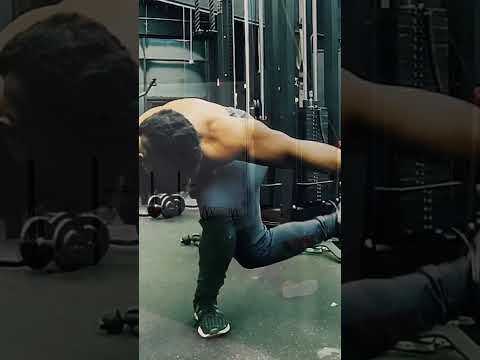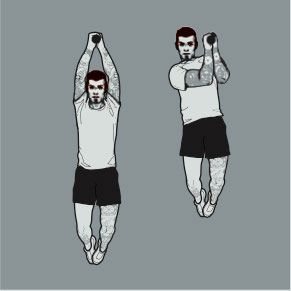Physical fitness and strength training have always been important factors in maintaining a healthy lifestyle. Whether you prefer to work out at a gym or exercise from the comfort of your home, there are various options available. Two popular choices among fitness enthusiasts are calisthenics and weight training. Each approach offers its unique set of advantages and disadvantages, making it essential to understand the pros and cons of both before deciding on the most suitable regimen for your fitness goals.
Calisthenics
Pros of Calisthenics
Calisthenics, also known as bodyweight training, involves exercises that use your body weight as resistance. This form of training is highly accessible and requires minimal equipment, making it an ideal choice for those who prefer to exercise at home or have limited resources.
One of the primary advantages of calisthenics is that it promotes functional strength and improved mobility. The movements involved in calisthenics mimic real-life actions, enhancing overall athleticism and body control.
Additionally, calisthenics focuses on compound exercises that engage multiple muscle groups simultaneously. This aspect increases overall muscle growth and ensures a balanced physique.
Moreover, calisthenics workouts are highly versatile and can be modified to suit all fitness levels. Whether you are a beginner or advanced athlete, you can scale the difficulty of exercises by adjusting repetitions, tempo, or adding variations. This flexibility allows for long-term progression and prevents plateaus.
Cons of Calisthenics
One limitation of calisthenics is the relatively limited resistance it provides as compared to weight training. Push-ups, pull-ups, and squats can only take you so far in terms of strength gains.
Furthermore, calisthenics heavily relies on bodyweight and may not adequately challenge individuals with higher strength levels. Therefore, individuals aiming to develop substantial muscle mass may need to incorporate additional resistance through alternative means.
Finally, progressions in calisthenics exercises can sometimes be challenging to achieve. It can be difficult to transition from one exercise variation to another, especially for beginners who may struggle with basic movements. This can impede the advancement of strength and skill development.
Weight Training
Pros of Weight Training
Weight training involves the use of equipment such as dumbbells, barbells, and machines to provide external resistance. This type of training is highly effective in building strength and muscle mass.
One of the primary advantages of weight training is its ability to provide progressive overload. By adjusting the weight load, you can consistently challenge your muscles, leading to continual strength gains and increased muscle size.
Additionally, weight training allows for targeted muscle isolation. This aspect proves beneficial for individuals aiming to develop specific muscle groups or work on imbalances.
Moreover, weight training provides more variety in exercises, enabling individuals to target different muscle groups from various angles. This versatility helps prevent monotony and encourages continuous growth and improvement.
Cons of Weight Training
While weight training offers numerous benefits, it does require access to specialized equipment and gym facilities. This may pose a challenge for individuals without easy access to these resources or prefer exercising at home.
Furthermore, weight training exercises often involve complex movements, requiring proper technique and form. Incorrect form can lead to injuries, making it crucial to seek guidance from a qualified trainer or instructor.
Additionally, weight training can sometimes lead to muscle imbalances, particularly if certain muscle groups are neglected or overtrained. This imbalance may result in postural issues and reduced flexibility if not addressed properly.
Conclusion
Ultimately, the choice between calisthenics and weight training boils down to personal preference, fitness goals, and available resources. Calisthenics offers accessibility, functional strength, and versatility but may provide limited resistance for advanced strength development. Conversely, weight training provides targeted muscle development, progressive overload, and varied exercises, yet requires access to equipment and careful attention to form.
For comprehensive fitness and strength development, a combination of both approaches can be highly beneficial. Integrating elements of calisthenics and weight training can maximize the pros and minimize the cons, offering a well-rounded fitness regimen. Remember, consistency, progression, and proper form are key to achieving success in any exercise program.



